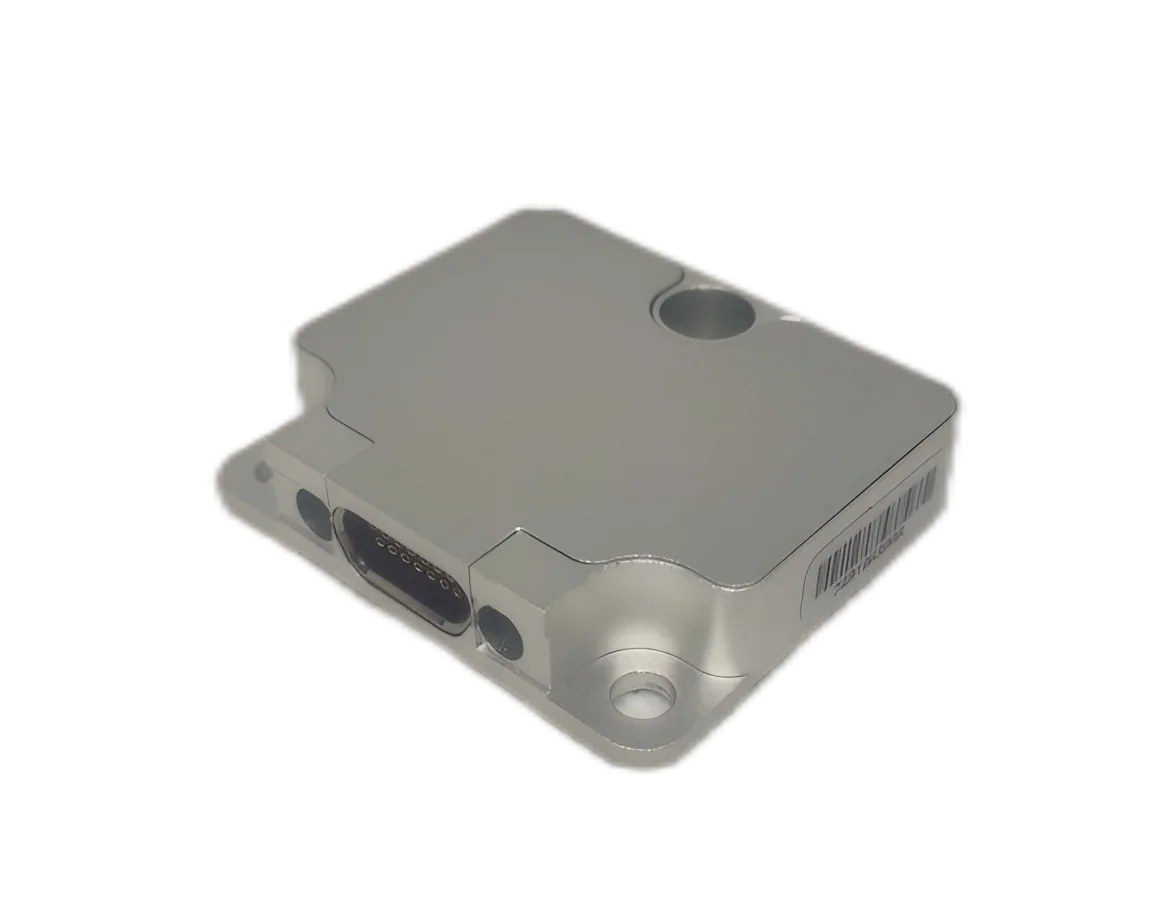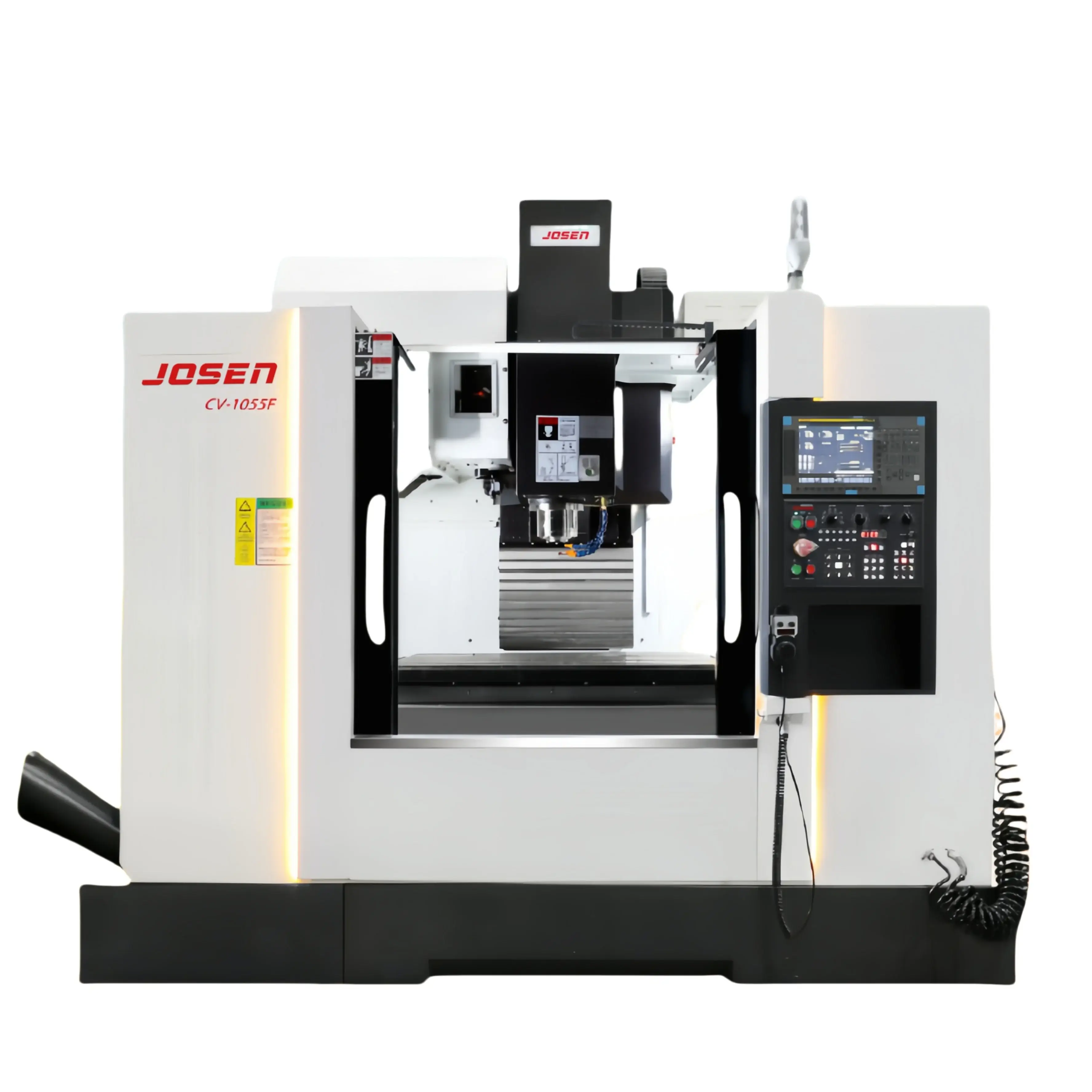What makes a transformer core so essential in electrical devices? The transformer core is the heart of transformers, ensuring efficient energy transfer. It plays a crucial role in minimizing energy loss and enhancing performance. Understanding its materials, shapes, and functions can elevate your knowledge of electrical systems.
In this post, we’ll dive into the types of transformer cores and their importance in various applications. We’ll explore how they impact efficiency and reliability in power systems. Whether you’re a student or a professional, grasping the basics of transformer cores will boost your expertise in electrical engineering. Get ready to uncover the secrets behind this vital component!
Key Takeaways
-
Transformer cores are essential components that help in the efficient transfer of electrical energy, so understanding their structure and function is crucial for anyone working with electrical systems.
-
Familiarize yourself with the key parts of a transformer core, such as laminations and magnetic paths, to better comprehend how they influence performance and efficiency.
-
Different construction methods and materials can significantly affect a transformer's effectiveness; consider using high-quality materials to minimize core losses.
-
Explore the various types of transformer cores, including shell and core types, to determine which is best suited for your specific application.
-
Pay attention to core and coil configurations, as they can impact both the size and efficiency of transformers, leading to better energy management.
-
Recognize that core losses can reduce overall energy efficiency; implement strategies to minimize these losses for improved performance in your electrical systems.
Understanding Transformer Cores
Definition
Transformer cores are essential components in electrical transformers. They consist of laminated sheets of ferrous metal. This design minimizes energy loss during operation. The core serves as a magnetic path for the transformer.
Key Parts of a Transformer Core
Limbs
Limbs are the vertical sections of a transformer core. They serve as the main support for the coils. Coils wrap around these limbs, creating a pathway for magnetic flux. This design helps in efficient energy transfer. Each limb contributes to the overall magnetic circuit.
The size of the limbs affects the transformer core's performance. Larger limbs can carry more magnetic flux. This means they can handle higher power levels. In contrast, smaller limbs may limit the transformer's capability. The dimensions and materials used in manufacturing these limbs are crucial.
Yokes
Yokes connect the limbs horizontally. They provide a path for magnetic flux to flow between limbs. This connection is essential for maintaining a closed magnetic circuit. Yokes help reduce losses in the transformer core.
The design of yokes influences the efficiency of transformers. A well-designed yoke minimizes air gaps. Air gaps can cause significant core losses during operation. The material used for yokes also plays a role in reducing losses. High permeability materials are preferred for this purpose.
Structure
The combination of limbs and yokes forms a cohesive structure. This structure is vital for efficient energy transfer in transformers. It ensures that magnetic flux flows smoothly throughout the core. Proper alignment of limbs and yokes enhances performance.
Transformer cores are often made from laminated materials. These laminations reduce eddy currents within the core. Eddy currents can lead to energy losses, which affect efficiency. Laminated cores are key components in modern transformer design.
Manufacturing transformers with high-quality materials leads to better performance. Companies focus on precision when constructing transformer cores. Quality control measures ensure that each component meets specifications.
Transformer design considers various factors like size and weight. Manufacturers aim to create compact designs without compromising functionality. The balance between size and efficiency is crucial in transformer construction.
Purpose and Function of Transformer Cores
Magnetic Coupling
Transformer cores play a crucial role in enhancing magnetic coupling between windings. They create a path for magnetic lines of force. This path allows energy to transfer efficiently from one coil to another. Without a core, the transformer would lose much of its energy during this process. The core effectively concentrates the magnetic field generated by the primary winding. As a result, it increases the inductive coupling with the secondary winding.
Iron Cores
Iron cores are vital components in transformers. They focus the magnetic flux that flows through them. This focusing improves energy efficiency significantly. A transformer without an iron core would have higher losses. The core’s material helps maintain a strong magnetic field. This leads to better performance and lower energy consumption.
Transformers often use silicon steel for their cores. Silicon steel has properties that reduce energy loss due to hysteresis and eddy currents. Hysteresis occurs when the magnetic field reverses direction, causing energy loss as heat. Eddy currents are loops of electric current induced within conductors by changing magnetic fields. These currents can cause overheating and waste energy.
Laminated Sheets
Laminated sheets are essential in reducing overheating in transformer cores. These thin layers of steel minimize circulating currents within the core. By stacking these sheets together, transformers limit energy loss significantly. Each layer is insulated from the others, which helps keep eddy currents low.
Using laminated sheets allows transformers to operate at higher efficiency levels. It also prevents damage caused by excessive heat buildup. Overheating can lead to reduced lifespan and potential failure of the transformer.
Distribution Transformer Applications
Distribution transformers utilize these core functions effectively in various applications. They step down high voltage electricity for residential or commercial use. The transformer core's design ensures minimal energy loss during this process.
These transformers are found in power distribution systems worldwide. Their ability to maintain high efficiency makes them essential for delivering electricity safely and reliably.
In summary, transformer cores enhance magnetic coupling and improve energy efficiency through iron cores and laminated sheets. Understanding these functions helps appreciate the importance of transformers in modern electrical systems.
https://www.jstxgx.com/Products.html
Jiangyin Tianxiang Electrical Appliances Co., Ltd.


